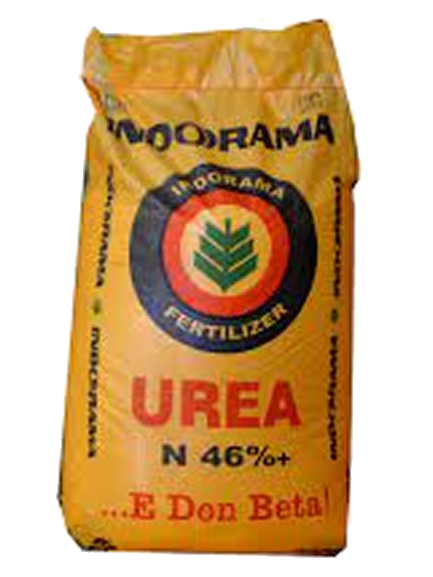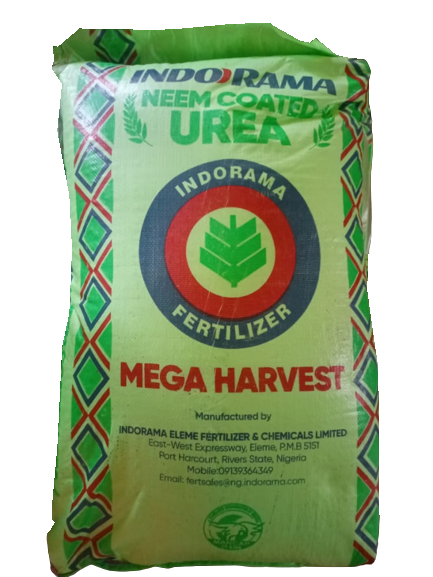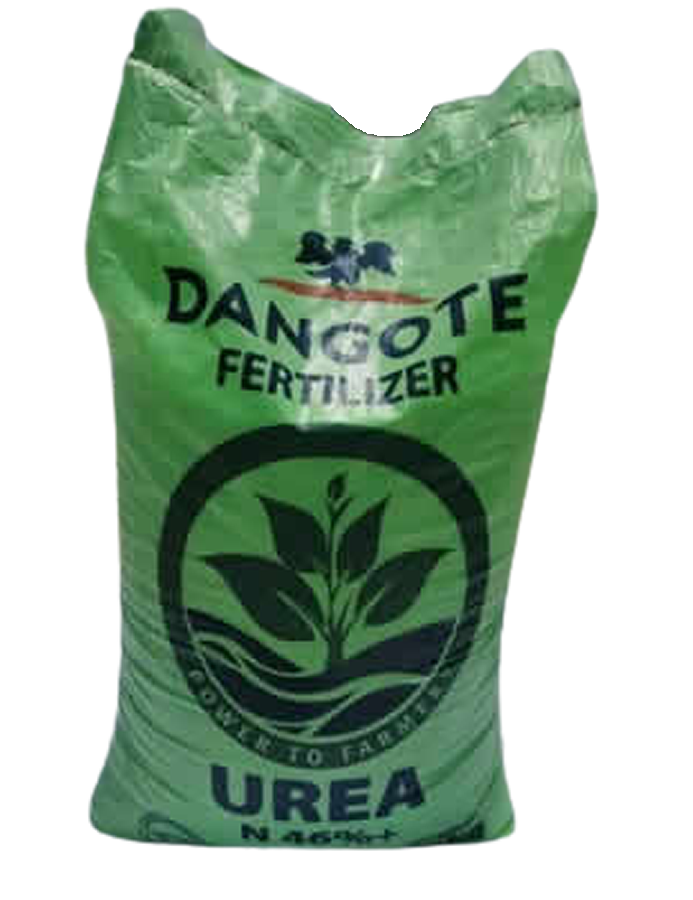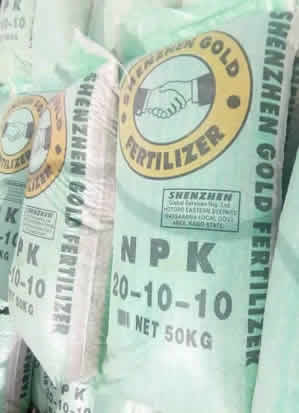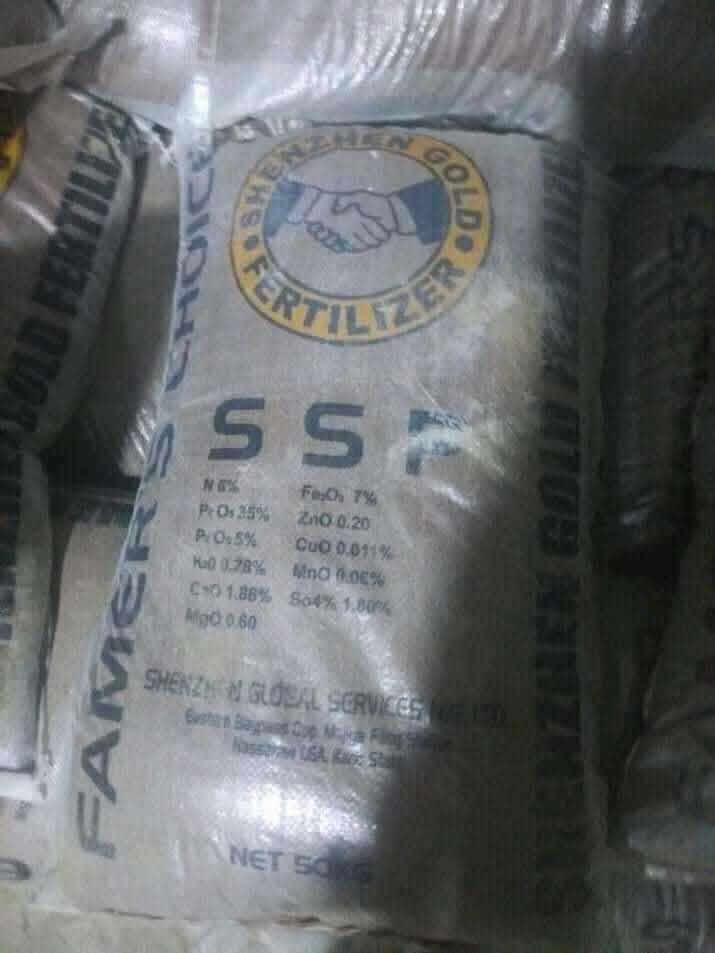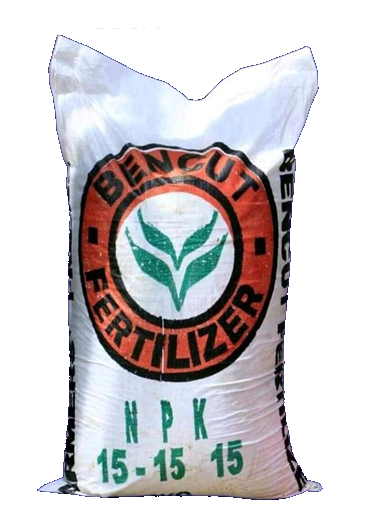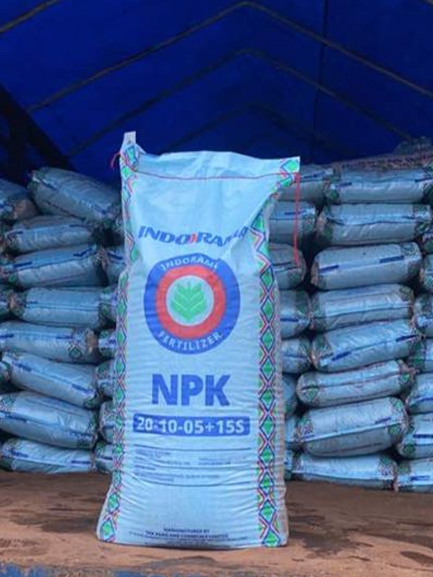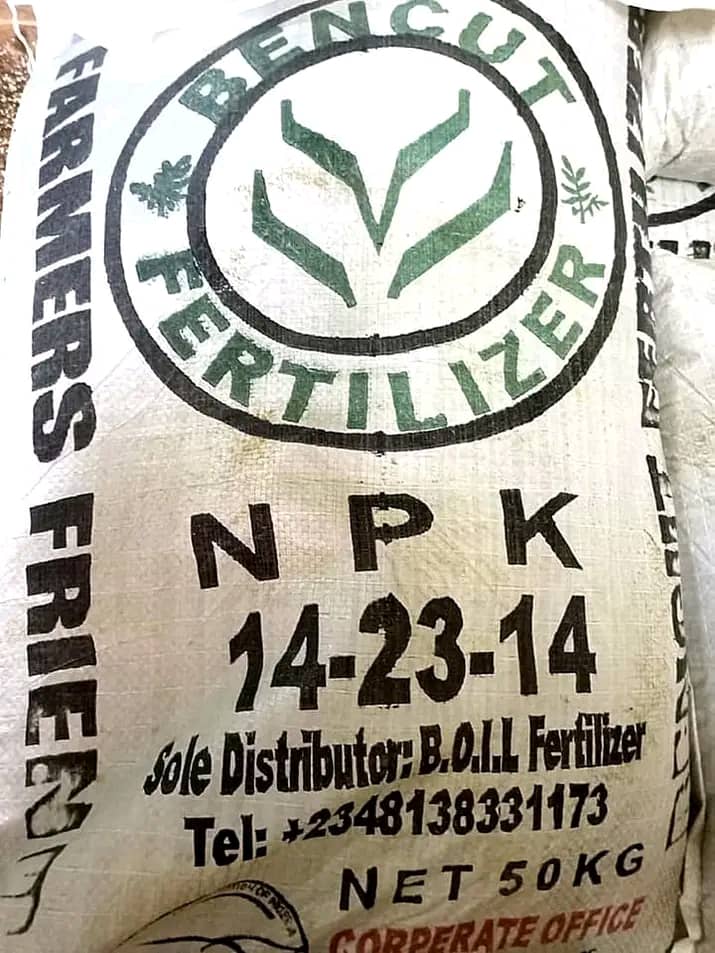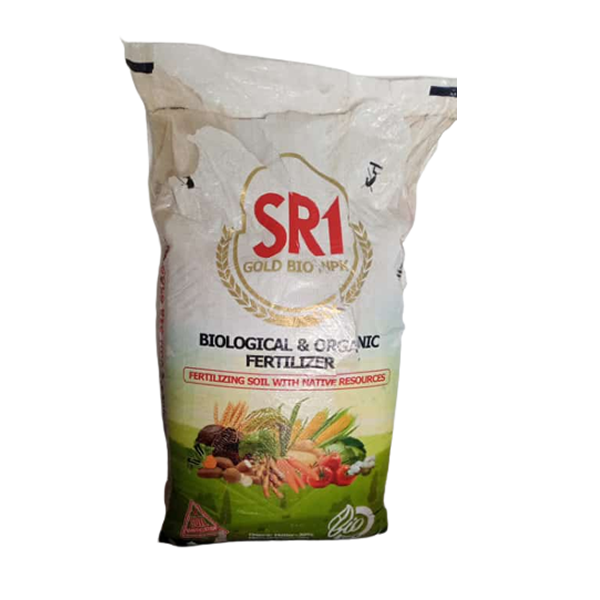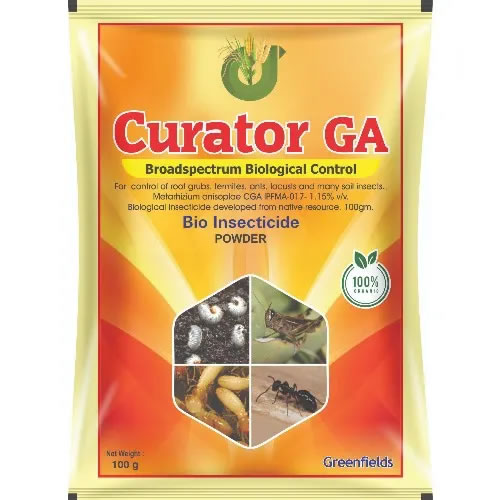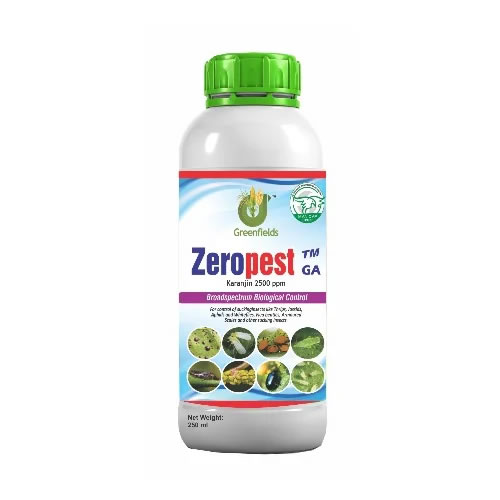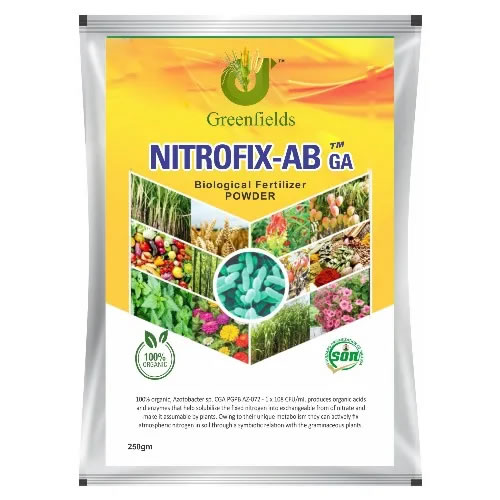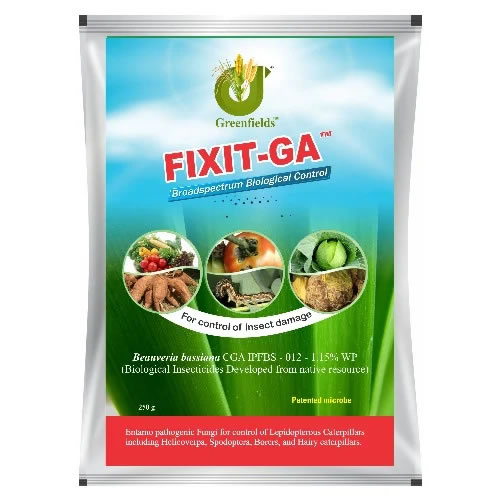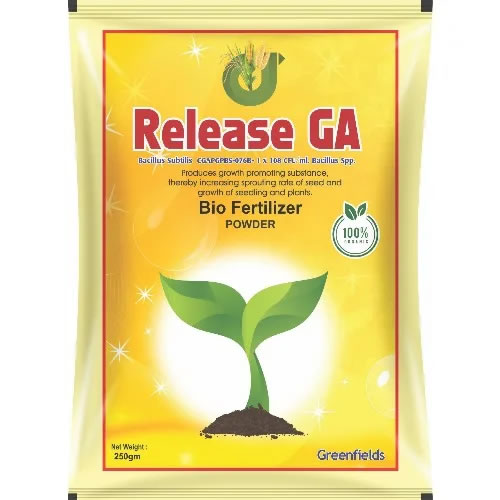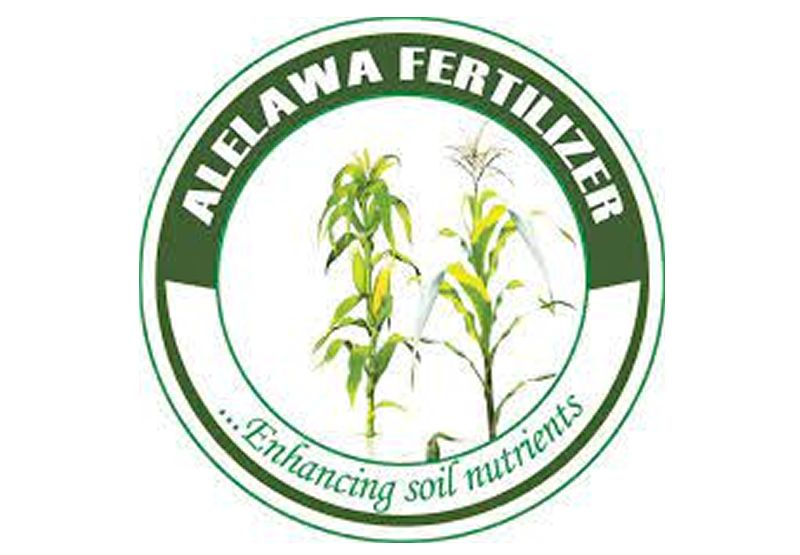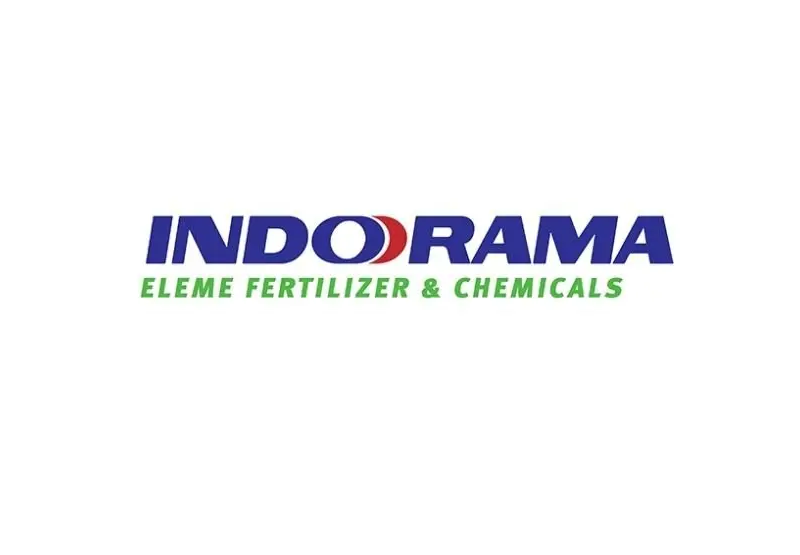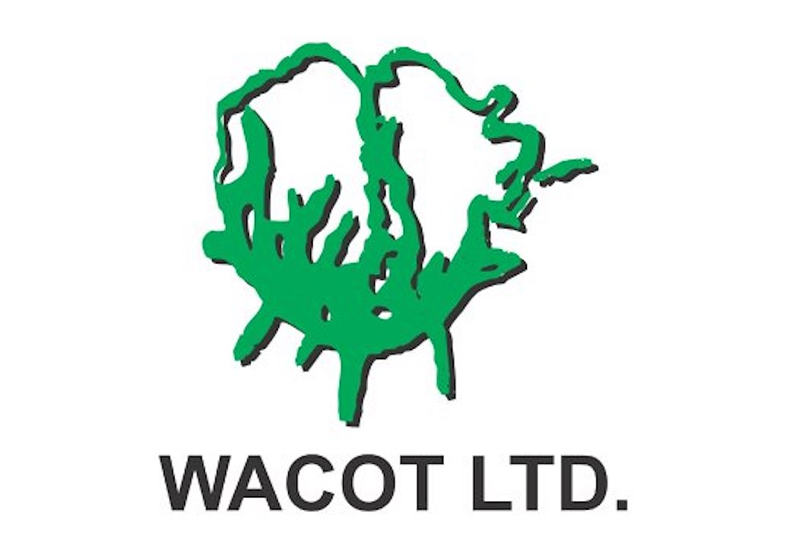
NPK Fertilizers and its uses
When you see an NPK fertilizer, it is an acronyms for N-Nitrogen, P-Phosphorus and K-Potassium. The combination may differ depending on the nutrients contains but they are always together proportionally for instance NPK 20-20-20 means the fertilizer has Nitrogen, Phosphorus and Potassium in an equal proportions while NPK 27-13-13 means that the presence of Nitrogen is more than that of other nutrients.
For example, 100-pound bag of 10-10-10 contains ten pounds of each element. The rest is filler, which gives it bulk and makes it easier to spread.
Nitrogen (N) is needed for leaf growth and is responsible for making plants greener. Plants that are almost all leaves need a lot of nitrogen, so look for a fertilizer with a high first number. The higher the number, the more nitrogen the fertilizer provides. This is why most lawn fertilizers are high in nitrogen, with formulations like 24-4-12 or 20-2-6.
Phosphorus (P) promotes root development, which helps to anchor and strengthen plants. It also increases bloom and fruit production. Tomatoes and root crops favor “snacks” of 5-10-10.
Potassium (K), also known as potash, helps the plant fight off diseases and keeps it vigorous, enabling it to withstand extreme temperatures and ward off disease. Plants deficient in potash may display stunted leaves and fruit and be extra sensitive to drought. Because most soils already contain potassium, the third number in the fertilizer ratio tends to be the smallest.
OTHER PLANT NUTRIENTS
When it comes to fertilizers, much attention is paid to nitrogen, phosphorus, and potassium, but there are other key nutrients needed for overall plant health as well, though in smaller quantities.
Calcium (Ca), which improves general plant vigor and promotes the growth of young roots and shoots.
Magnesium (Mg), which regulates the uptake of nutrients, aids seed formation, and contributes to the dark green color of leaves, which is important for effective photosynthesis.
Sulfur (S), which maintains that dark green color, encouraging vigorous plant growth.
Soil test results sometimes come with recommendations to add these trace minerals to the soil if they are found to be deficient.
BEFORE CHOOSING YOUR FERTILIZER
You need to have a clear understanding of your plants required nutrients, then test your soil to know if it contains all the nutrients otherwise, seek the deficient nutrients in the fertilizer and applied according to needs. This will help you achieve your desired result as different plants have different nutrients requirements.
Because soil continually changes, you should have your soil tested every 2 to 3 years. Keeping records of test results, fertilizer applications, and any other soil amendments you make is always a good idea.
For example NPK 27-13-13 is specifically for Rice and Maize, NPK 15-15-15 is made for Tomatoes, Onions, Peppers, Rice, Maize, Cassava, Yam, Irish etc while NPK 20-10-10 is made for Millet, Sorghum, Maize, Rice, Ground nut, Sesame, Beans etc. Our SSP is made for Groundnut, Sweet Potatoes, Bambara, Ground Nut etc
source: https://www.almanac.com/content/npk-ratio-what-do-numbers-fertilizer-mean





